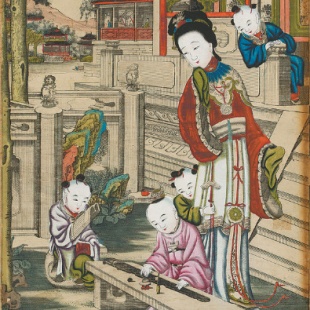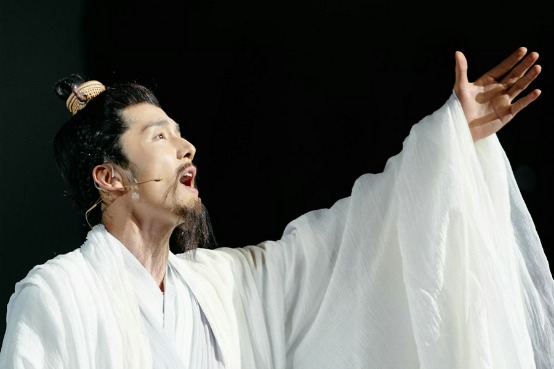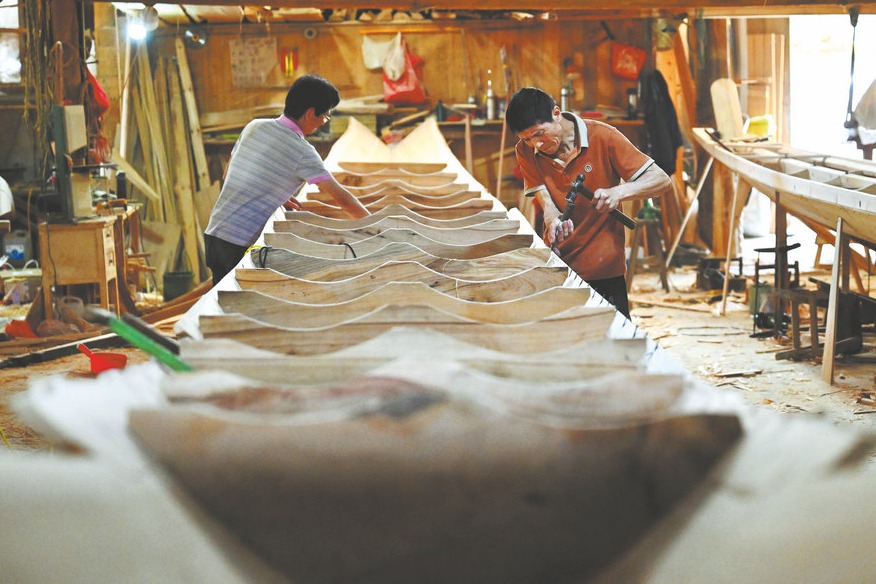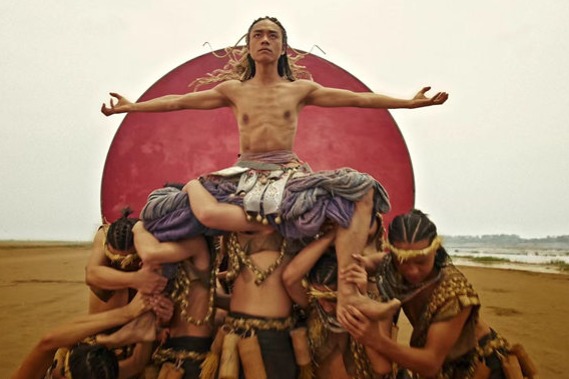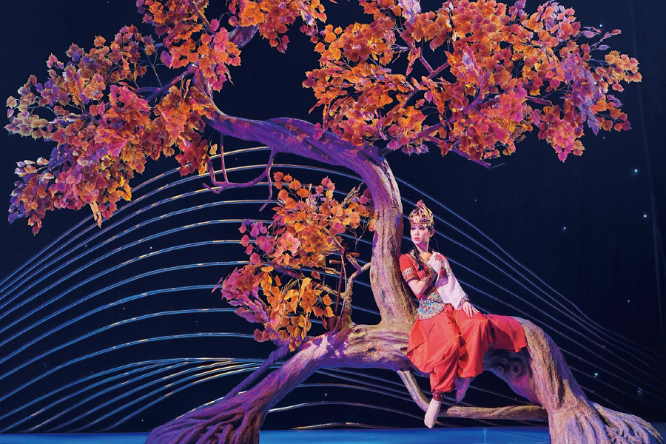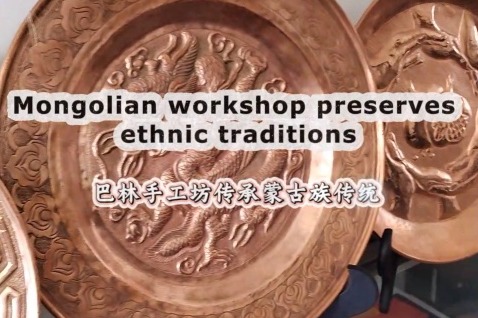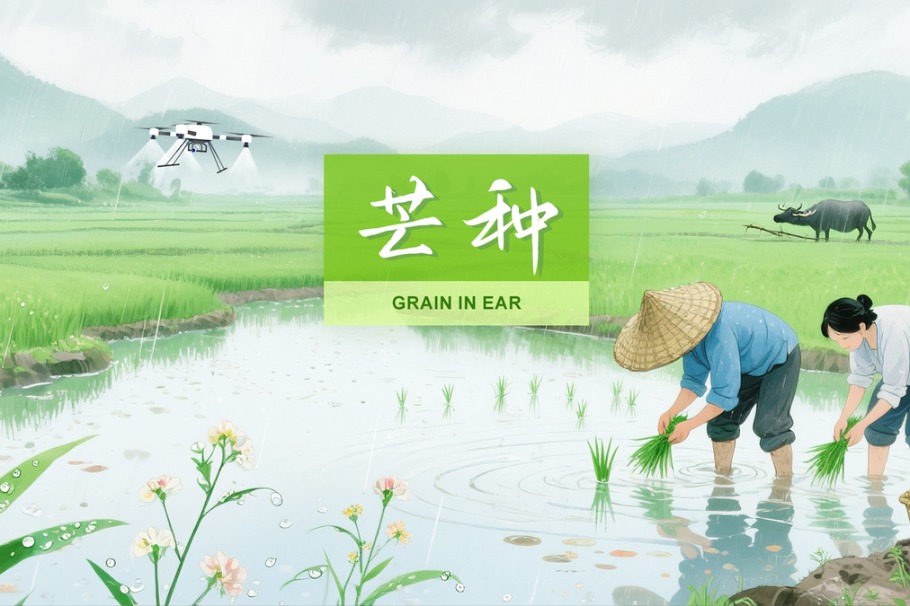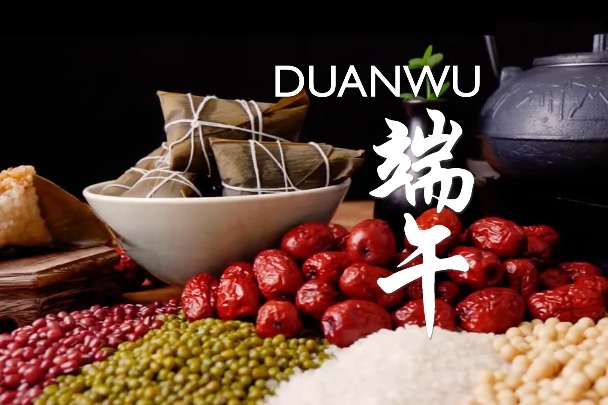The embodiment of beauty


Held captive
Items that stand testimony to the influence of Chinese porcelain are included in the exhibition. Produced around 1780, a round box with a lid from a German museum dedicated to lacquer art features a light green cracked lacquer application on top of paper mache base. It was meant to imitate the cracked glaze of Guanyao ware (Guan is the name of the kilns), a special type of celadon developed in Hangzhou during the Song era.
Some seven decades earlier, a German named Johann Friedrich Bottger and his collaborator cracked the porcelain code for their countrymen, before setting up Europe's first porcelain factory in Meissen, Germany. The exhibition put on display a red stoneware item produced by the factory in 1715, which Spee believes was clearly inspired by the brownish-red colored teapots from the Jiangnan city of Yixing. The latter was commonly exported to Europe from the 17th century onward.
Interestingly, the Meissen product took the shape of a "pilgrimage bottle", the origin of which can be traced to both the ancient Roman times and to the 7th-century China, where they were often carried by those who had arrived at their final destination via the ancient Silk Road. Equally interesting is the fact that Bottger, thanks to his talent as an alchemist, was once held captive by his king August the Strong, Elector of Saxony in Germany, who had within his much-treasured porcelain collection dozens of Yixing teapots.
The king was far from the only one intrigued by China. When pictures of tilling and weaving — so often created that it became a genre of its own starting from the time of the Southern Song — ended up in the Palace of Versailles in the 17th century, it "triggered a discussion in France as to whether agriculture was the foundation of a good, functioning state", to quote Spee.
"To the people of the court, China looked like a very well governed country," she says.
That message was further spread through printmaking. The exhibition includes two etchings on paper created in 1775 by English engraver John June that were based on the drawings of the German draftsman Augustine Heckel, who, in turn, based his work on a Chinese painting of tilling and weaving.
The phenomenon would have bemused the Chinese emperors, who had actively promoted the theme as a way of saying that they cared deeply about the well-being of their subjects and the fortunes of their states. Yet the images contained too much truth to be mere political statements.

Jiangnan, by virtue of being located south of the Yangtze River, had, throughout Chinese history, repeatedly served as safe haven for those fleeing China's war-torn north. Carrying with them their own beliefs and customs, this immigrant population joined with the locals to make Jiangnan the wealthiest and most fertile land, a kaleidoscopic existence showcasing a condensed version of Chinese history, art and culture.
Here comes one of Spee's central tenets. "When people in the West saw these images of tilling and weaving, of temples, pagodas and beautiful women teaching their children, they weren't aware that these came from Jiangnan. Instead, they equated them with China," she says.
Among other things, Spee is also referring to the colored woodblock prints once made in large quantities in the Jiangnan city of Suzhou. Despite not being made for export, they nonetheless reached Europe, where they survived in castles as wall paper, presumably fulfilling an imagined perception of the Oriental country.
However, the curator believes that China, as introduced to the West through imported Chinese art, should be clearly differentiated from the China dreamed up by Western artists and craftsmen who were behind the decorative style of Chinoiserie, literally meaning "China Style".
While the latter was fueled by a vague curiosity which led to the adoption of new forms and motifs, which often amounted to fantasized versions of reality, the former, says Spee, was built upon "a serious interest" that was maintained through "consistent exchange between China and Europe", and was reciprocated.
"They both admired each other for certain things," says Spee, who made a point of displaying the likenesses of two rulers from China's Qing Dynasty — Emperor Kangxi (1654-1722) and his grandson Emperor Qianlong (1711-99). Both were known for making grand inspection tours to Jiangnan — six times for each — that helped to "bring the region to its heights".
And both welcomed Jesuit missionaries to China, and to their respective courts. While the portrait of Kangxi was painted by an anonymous Chinese painter who had clearly adopted the Western technique of shading, the one for Qianlong was done by Jesuit missionary and artist Giuseppe Castiglione, who arrived in China in 1715 and never left.
In 1766, the year of Castiglione's passing, Qianlong was presented with six French tapestries. Intrigued, he commissioned tapestries in the French style from workshops in Suzhou. One of the results, on display at the exhibition, depicts a typical Chinese family gathering on New Year's morning, rendered using Western perspective and shading, and complete with a woven Western picture frame.

Virtual discussions
Spee visited Jiangnan for the first time in 1999, to conduct research on a 20th-century art connoisseur from the region. This was followed by a 2015 fellowship at the China Academy of Art in Hangzhou, the former capital of the Southern Song era. Realizing the immense cultural influence of the region, Spee came up with the idea for the current exhibition, which eventually ended up taking her eight years to prepare.
Help was enlisted worldwide, including from seven Chinese museums and cultural institutions that have lent exhibits to the show under the auspices of Art Exhibitions China, a governmental body tasked with promoting Chinese cultural heritage overseas.
"A lot of work was carried out during the pandemic through online discussions, and nothing would have been accomplished without the huge amount of trust each side placed in the other," says Shi Wanghuan from AEC, which, back in 1973, took some of China's most prized archaeological finds to the United States for a groundbreaking exhibition, the first since the founding of the People's Republic of China in 1949.
"The director of Beijing's Palace Museum, which contributed to the show, said that when the relationship between the US and China is strained, it's important that we maintain cultural exchanges, to counter the tension and balance it out through art," recalls Spee.
In one of his books partly tracing the history of the European obsession with Chinese porcelain, British ceramist Edmund de Waal wrote: "I want poems that compare white porcelain to smoke coiling up from a chimney, or from incense on an altar, or mist from a valley, or, at the very least, an egret in a paddy field poised."
For those who have entered the world of Jiangnan upon Spee's invitation, that incense could have been burning on the altar of a Buddhist temple; that mist, cloaking Shen Zhou's landscape; and that egret, an exclamation point to the serene beauty of Jiangnan to which, says the curator, "every human being would respond".
Contact the writer at zhaoxu@chinadaily.com.cn


